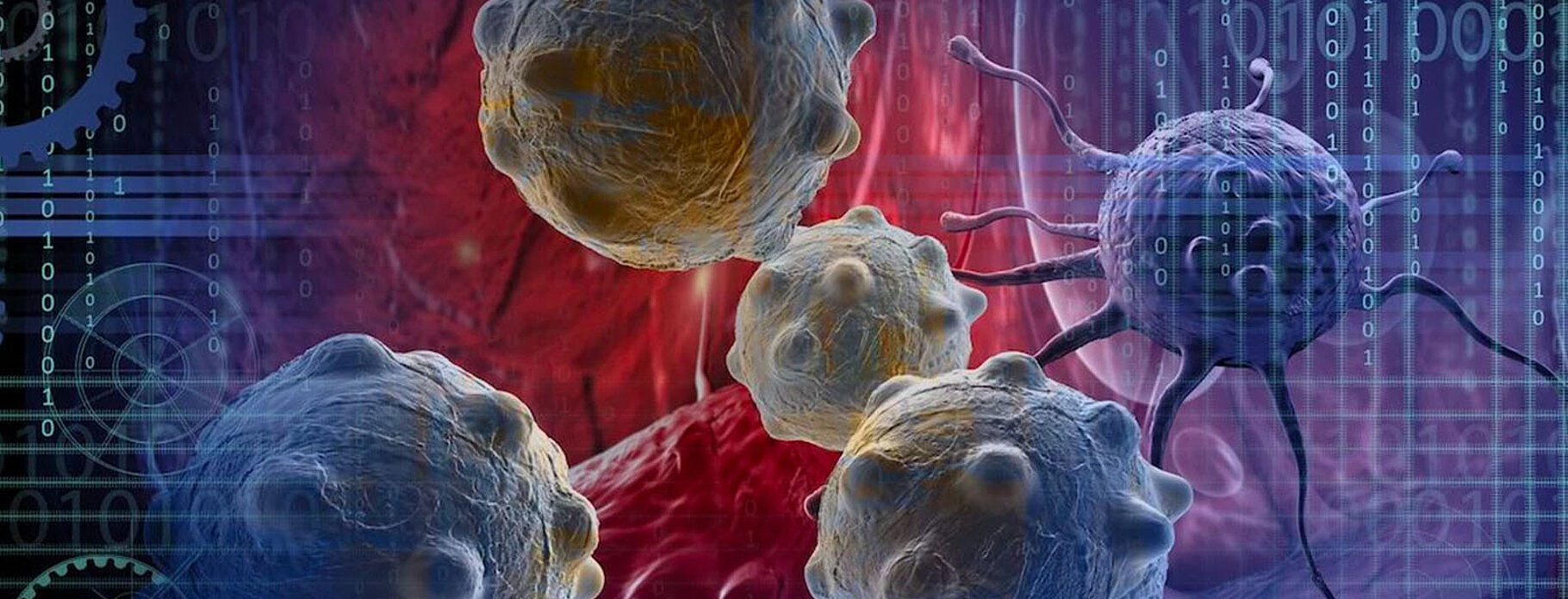Transcription co-activators
Team Leader : Patrick SCHULTZ
Department : Integrated structural biology

Structural and functional proteomics of complexes in transcription and DNA repair.
We aim at studying human macromolecular machineries in the control of transcription regulation and maintenance of genome integrity using structural biology approaches with focus on the transcription/DNA repair factor TFIIH. In parallel, we develop and implement innovative technologies for characterization of material from endogenous sources and production of recombinant complexes to facilitate research on multi protein assemblies.
DNA transcription and DNA repair are two fundamental biological processes which have a high impact on human health, in particular for our understanding of tumor origin and progression. Apparently distinct, these two processes are indeed interconnected and share the same molecular mechanisms. More recently this interconnection between the transcription and the repair machinery appeared even more intricate since all the repair factors were found to be recruited during important transcriptional switches in cell differentiation or reprogramming.
The transcription/DNA repair factor TFIIH is a 10 subunit multi-subunit complex that includes the XPB and XPD helicases and the CDK7 kinase. Initially identified as class II basal transcription factor required for promoter melting and clearance, TFIIH also plays a key role in nucleotide excision repair (NER) for opening DNA at damaged sites and recruitment of additional repair factors. In addition, TFIIH participates in RNA Pol I and III transcription, in the transactivation of several hormone-dependent genes by phosphorylating nuclear receptors. Mutations in several of its TFIIH subunits are associated with both transcription and DNA repair defects and result in a perplexing clinical heterogeneity, ranging from the cancer-prone XP phenotype to premature ageing CS and TTD features. Despite recent breakthrough on TFIIH structure and function, much remains to be understood on the dynamics of the complex in vivo, allosteric regulation of its enzymatic activities and the impact of disease-causing mutations.
The complexity of the transcription/DNA repair machinery in eukaryotes poses considerable challenges for sample preparation in view of molecular and cellular level studies. Driven by biological questions, we develop new tools for multiprotein complex research. The following axes are privileged:
Team Leader : Patrick SCHULTZ
Department : Integrated structural biology
Multiprotein complexes ; Page: 17-38
Journal of Molecular Biology ; Volume: 433 ; Page: 166964
Methods in Molecular Biology ; Volume: 2305 ; Page: 153-174
Cancers ; Volume: 13 ; Page: 3317
Nature Communications ; Volume: 11 ; Page: 1667
Nature Communications ; Volume: 10
PLoS Neglected Tropical Diseases ; Volume: 13 ; Page: e0007591
DNA Repair ; Page: 21-67
Nucleic Acids Research ; Volume: 45 ; Page: 10872--10883
Protein Journal ; Volume: 36 ; Page: 240-248